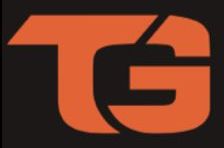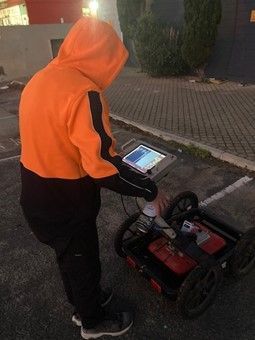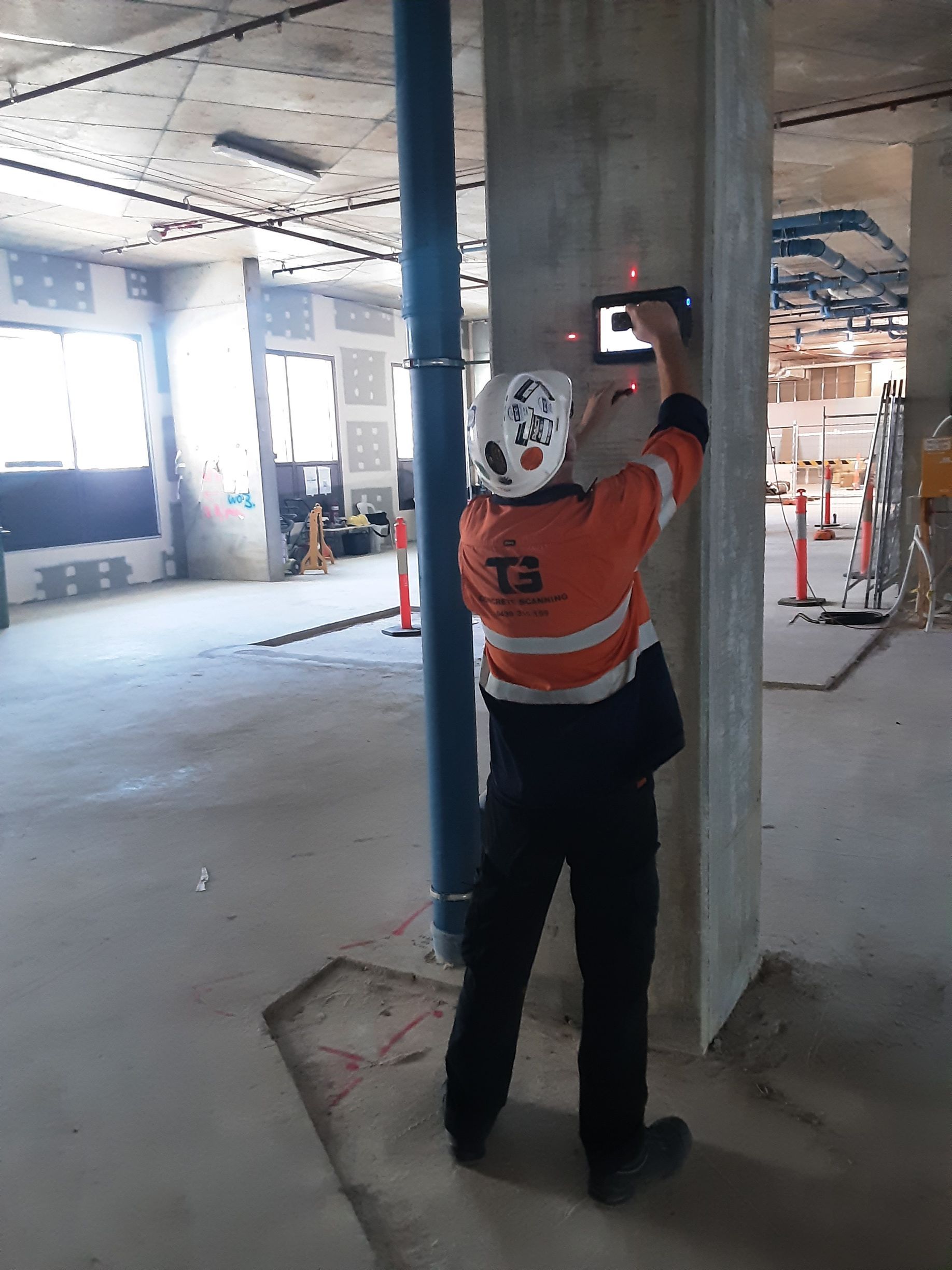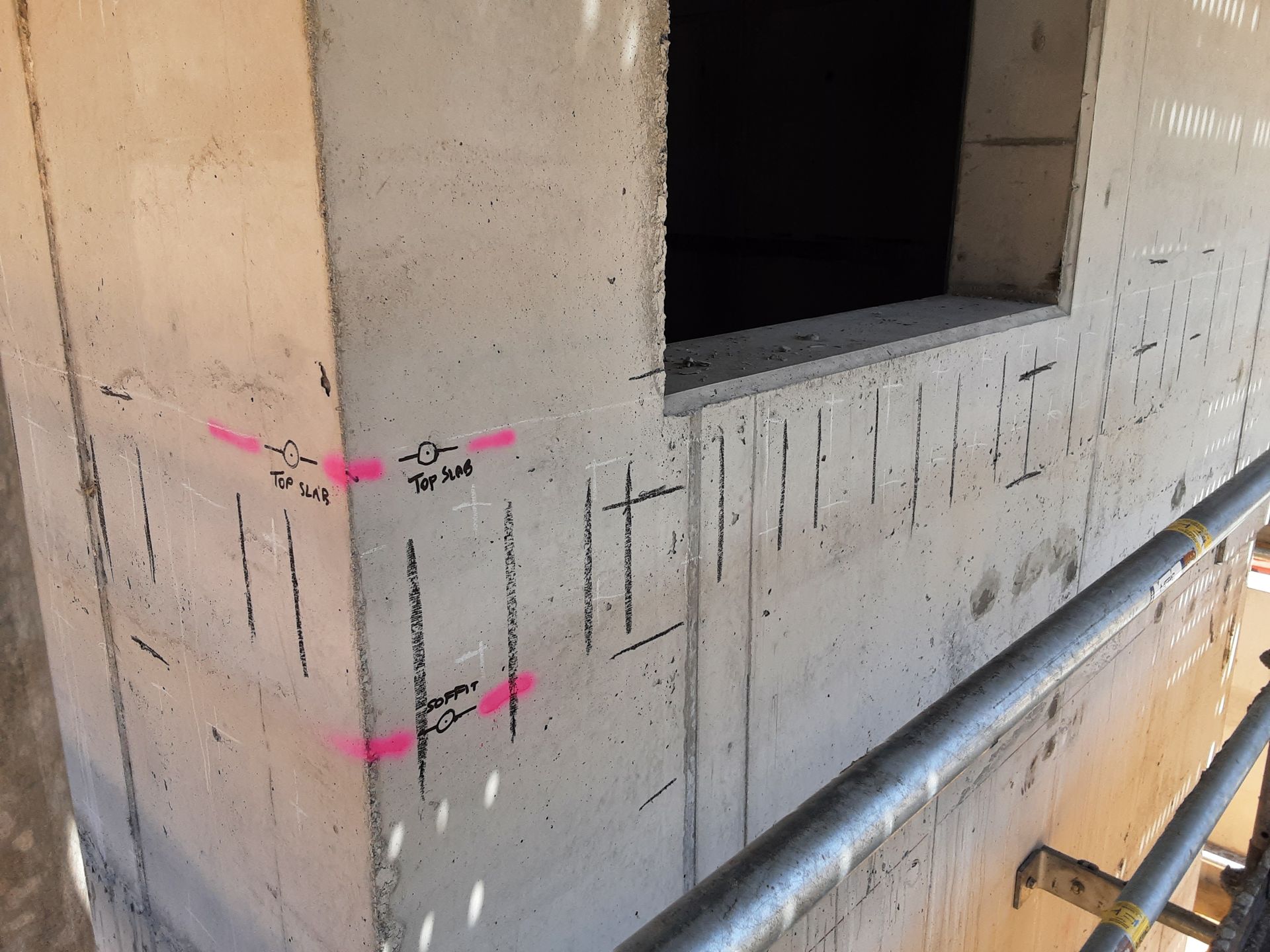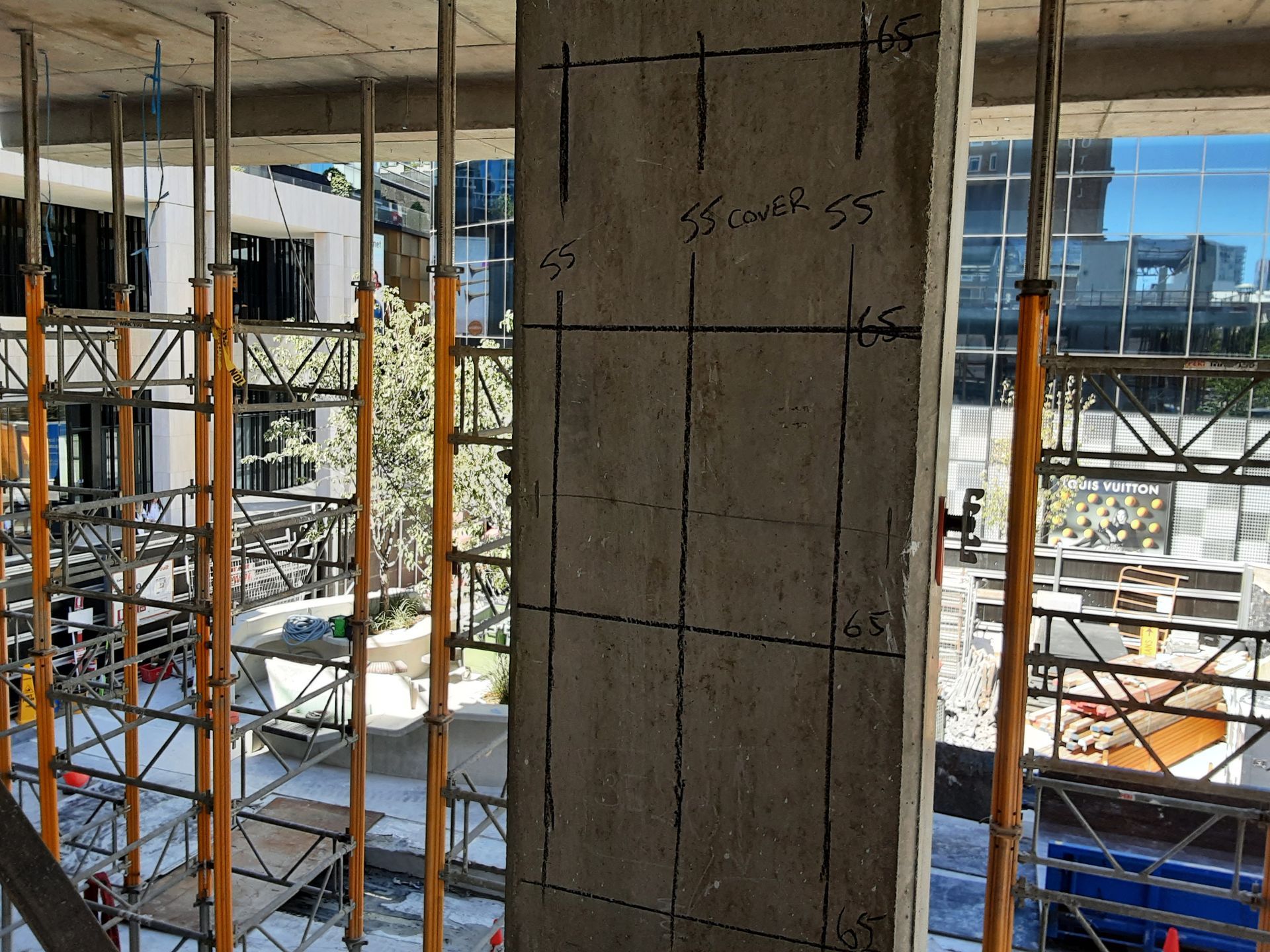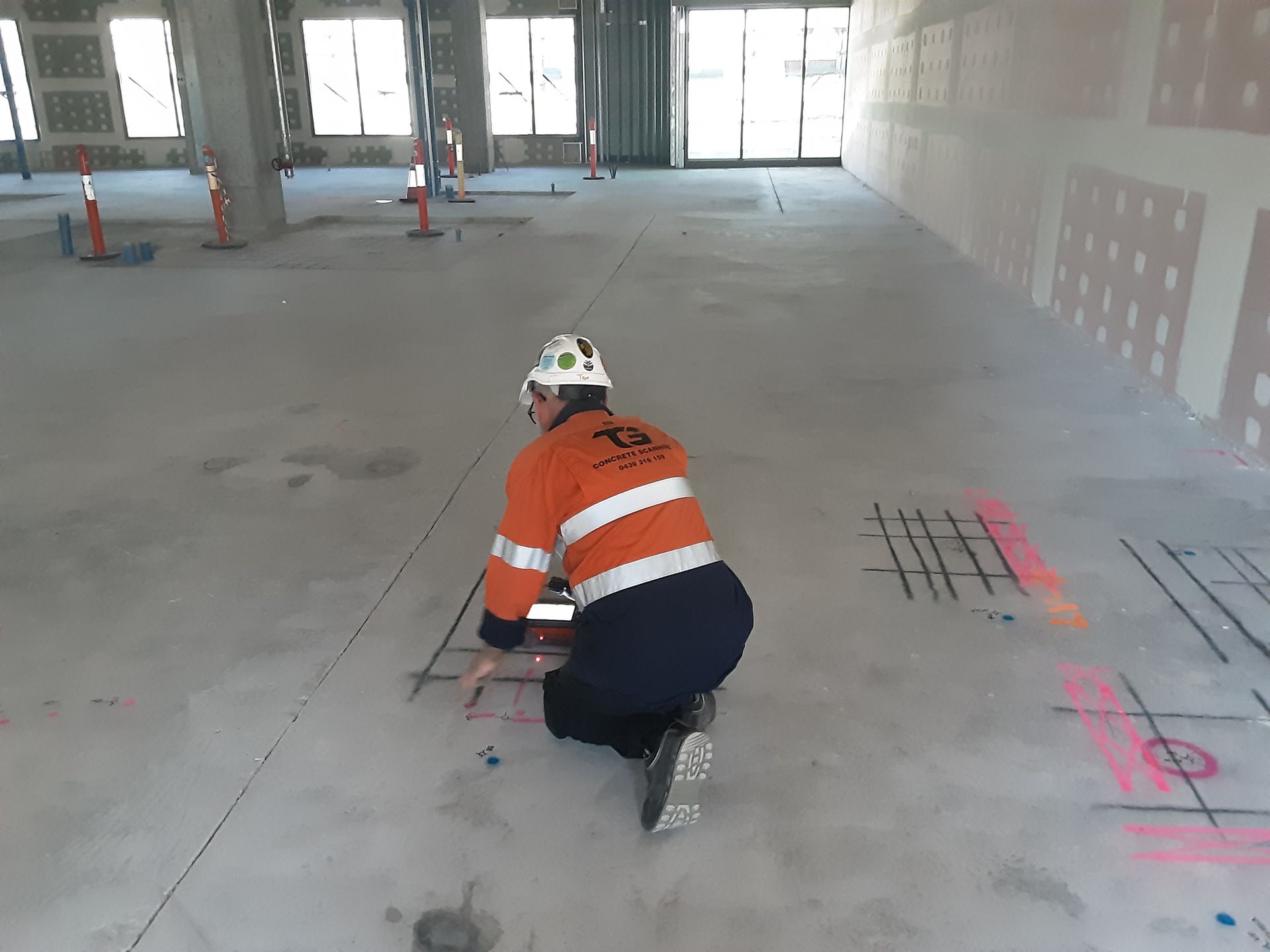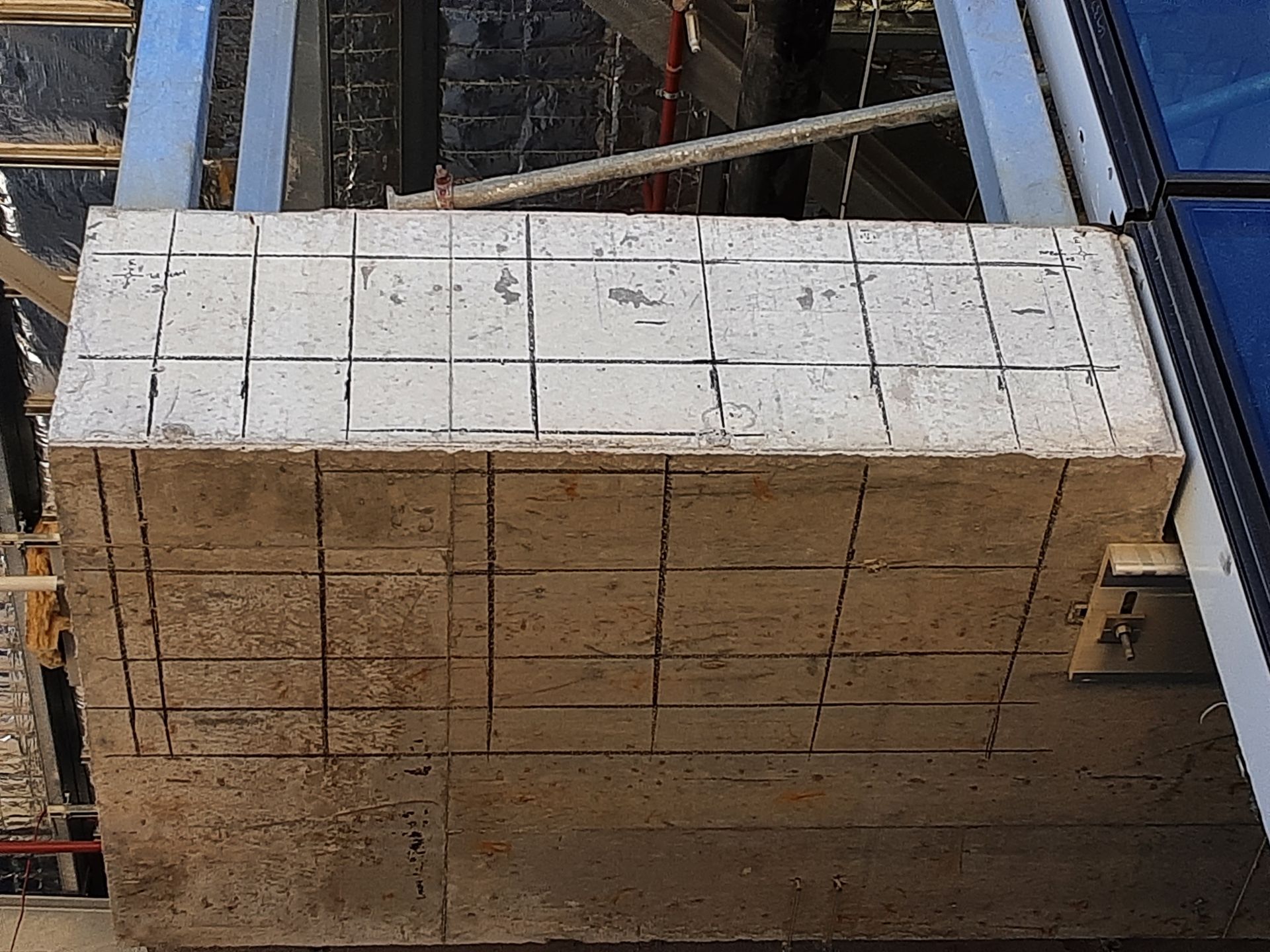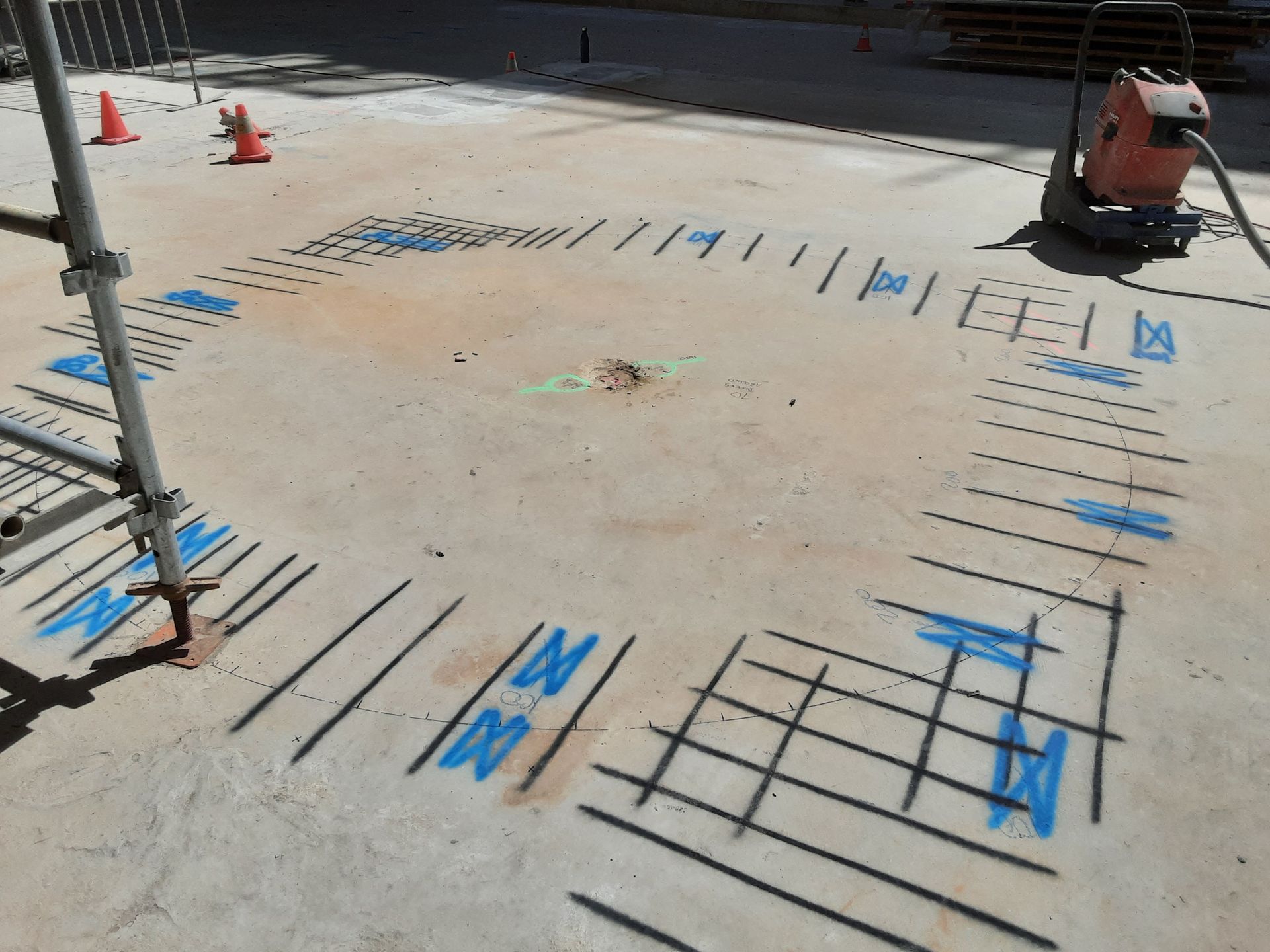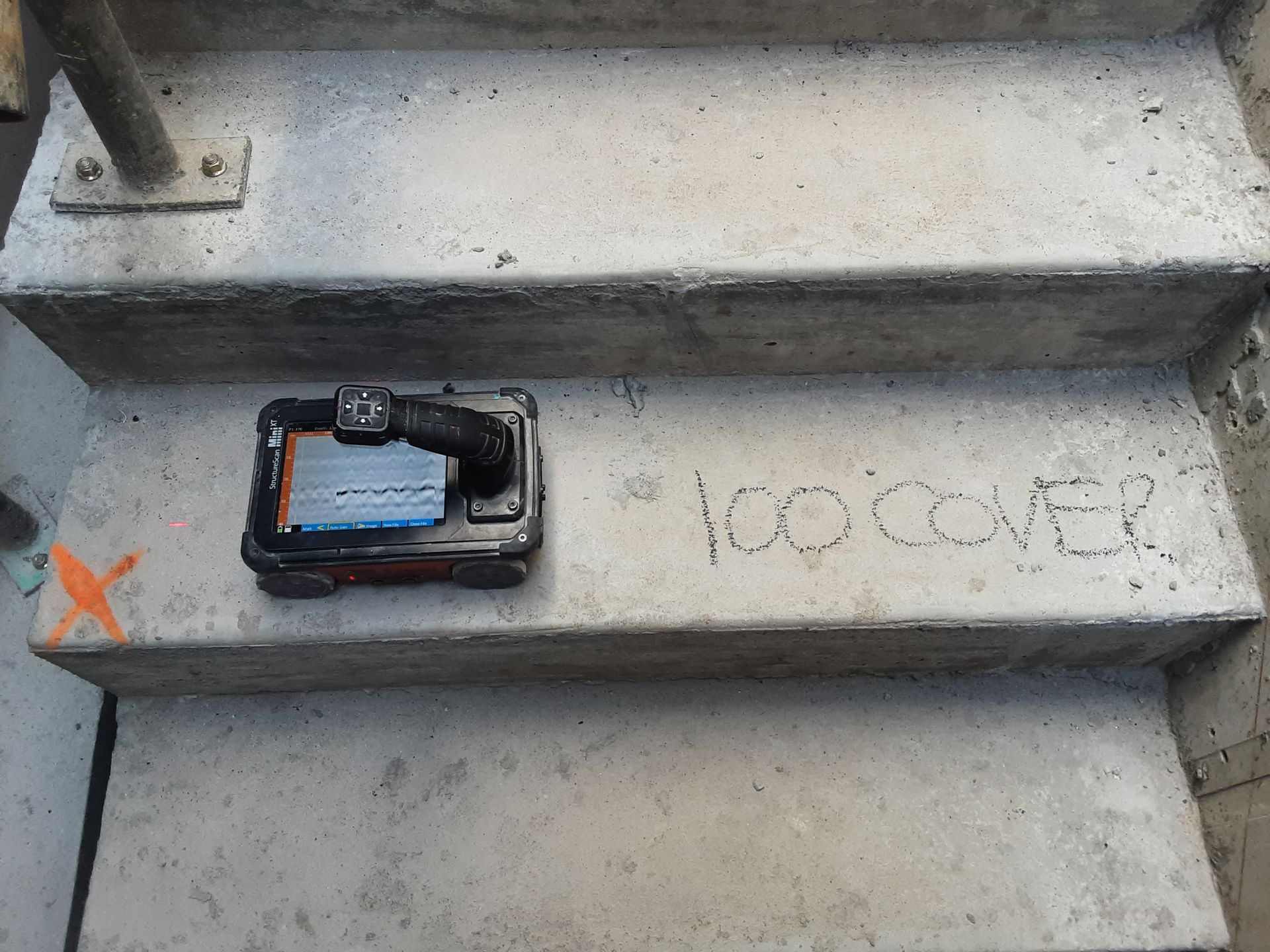Premier Concrete Scanning Services in Western Australia
TG Concrete Scanning uses the latest technology such as Ground Penetration Radar (GPR), GSSI Structure Scanner and Radio Detection to provide real time reporting completed onsite and emailed to you instantly with in depth and comprehensive scans of structures to assist engineers, builders and developers.
Not knowing what lies beneath concrete creates uncertainty. This uncertainty can lead to blown out budgets and delayed projects.
Precision Technology at Your Service
TG concrete Scanning locates post tension cables, map reinforcement, provide slab thickness, locate live services
and then present you with the required information about your structure. TG Concrete Scanning also locate in ground services and items to assist in digging or excavating.
Our Equipment
GSSI STRUCTURESCAN MINI XT
The StructureScan Mini XT is GSSI’s newest generation of the very popular all-in-one GPR systems. The StructureScan Mini XT offers a 2.7 GHz antenna for superior target resolution and can reach depths of 20 inches (50 cm). Ideal for locating rebar, conduits, post-tension cables, voids, and real time determination of concrete slab thickness.
Typical Uses for StructureScan Mini Include:
- Concrete inspection to locate metallic and non-metallic targets in walls, floors and ceilings.
- Structure inspection on bridges, monuments, walls, towers, tunnels, balconies, garages and decks.
- Measure slab thickness and Void location.
- Condition assessment to map relative concrete condition for rehab planning
HILTI PX-10 TRANSPOINTER (HOLE LOCATOR)
The Hilti PX-10 Transpointer hole locator is used when needing to transfer the starting point for drilling through-holes to the other side. Wall and ceiling thickness measurement for easy selection of the right drill bit or core bit length. To determine drill bit exit position and transfer drilling positions when drilling through walls and ceilings in concrete and masonry.
Position point can be transposed through floors, ceiling and walls – allowing any drilling work to be carried out quickly and efficiently. Measures wall thickness automatically saving time by skipping trial-and-error pilot drilling.
RADIO DETECTION RD7200
The RD7200 Precision Underground Utilities Locator is used for accurate and fast locating of underground cables and pipes.
HDR Easy Pro Ground Penetrating Radar
The EasyLocator proGround Penetration Radar (GPR) is a non-destructive testing method and for that reason it has various limitations and restrictions. The GPR concrete unit has a maximum depth of 400mm in ideal conditions like concrete structures with minimal steel. The depths that are collected for the located targets are an approximate and maybe slightly shallower or deeper than stated. Targets are located by the centre of the GPR units where the antenna is situated.
Targets are located by the centre of the GPR units where the antenna is situated. The centre of the antenna needs to be able to roll over the target perpendicular, this means GPR data cannot be collected within a 100mm from any wall or obstruction on the concrete scanning unit and 400mm from any obstruction on the utility locating detection unit.
